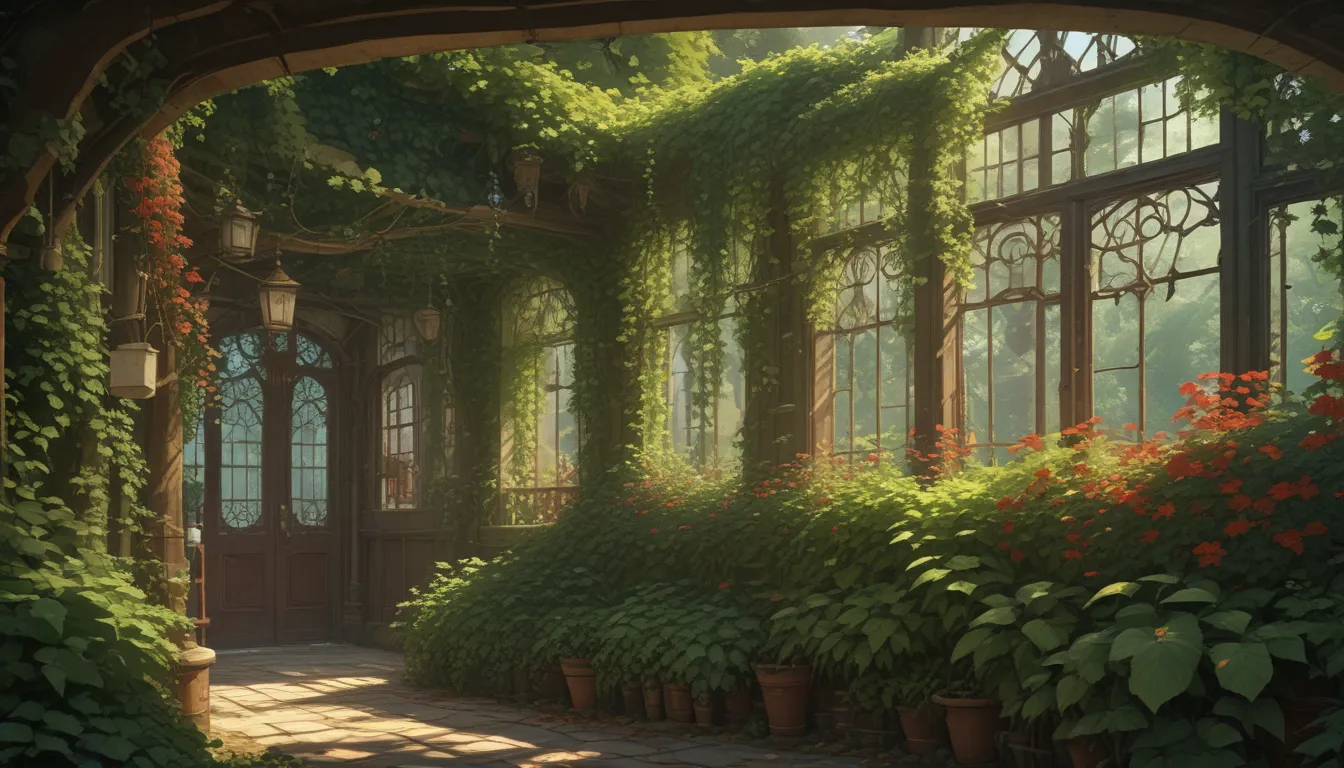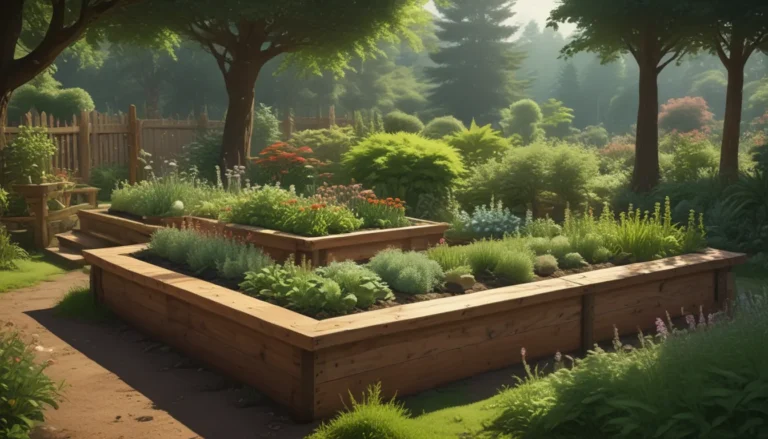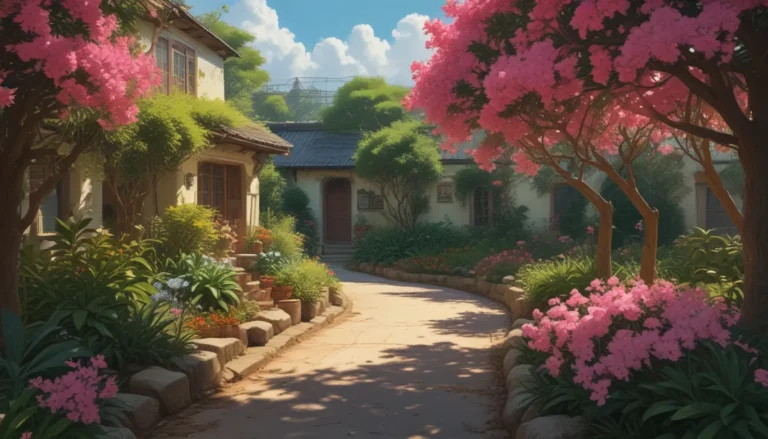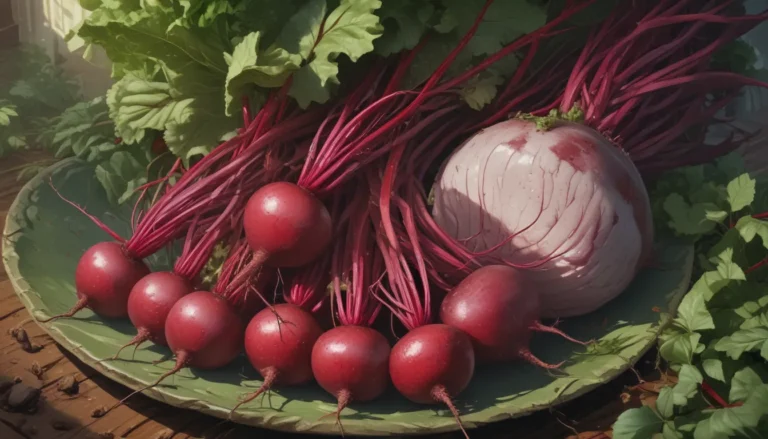The Complete Guide to Growing and Caring for Boston Ivy

Introduction
Growing plants in soil is delightful, but what about plants that can thrive when grown on buildings? Boston ivy is a tough, visually appealing vine that can adhere to vertical surfaces and cover unsightly landscape features with ease. In this comprehensive guide, we will cover all the essential aspects of cultivating Boston ivy, from propagation to plant health care. By the end of this article, you’ll have the knowledge needed to care for this remarkable vine on your own.
What You’ll Learn
- Cultivation and History
- Propagation
- How to Grow
- Growing Tips
- Pruning and Maintenance
- Cultivars to Select
- Managing Pests and Disease
- Best Uses
- Quick Reference Growing Guide
Cultivation and History
Despite its name, Boston ivy is not a true ivy but is closely related to grapes. Originating from Japan, this vine made its way to Massachusetts in 1852, where it earned its name due to its popularity in the region. Boston ivy is not native to the northeastern United States as its name suggests. Renowned for its ability to grow in various conditions, Boston ivy is commonly used to cover walls, fences, and arbors, as well as to enhance the aesthetic appeal of landscapes.
Propagation
Boston ivy can be propagated from seeds or cuttings. Seeds can be harvested from the berries in the fall and then soaked in warm water before planting in well-tilled soil. Cuttings should be taken in the spring and grown in a mix of perlite and peat moss until roots develop. Once established, Boston ivy is drought-tolerant and does not require extensive watering or fertilization.
How to Grow
Boston ivy thrives in USDA Hardiness Zones 4 to 8 and prefers full sun exposure. It can grow in various soil types as long as they are well-draining. Once established, Boston ivy does not require additional irrigation or fertilization, making it a low-maintenance plant for any gardener.
Growing Tips
- Boston ivy is best suited for USDA Hardiness Zones 4-8.
- Full sun exposure is optimal for growth.
- Watering is not necessary once the plant is established.
Pruning and Maintenance
Pruning Boston ivy is essential to keep it within its designated areas and prevent damage to buildings or other structures. Winter is the ideal time for pruning to avoid stimulating new growth. Proper pruning techniques include making cuts above nodes to prevent dieback and waiting for tendrils to die before removing them.
Cultivars to Select
While the standard Boston ivy is beautiful, there are also unique cultivars worth considering. ‘Fenway Park’ features striking chartreuse foliage, while ‘Ginza Lights’ offers white variegation on dark green leaves. ‘Green Showers’ has large leaves and turns a deep burgundy red in the fall.
Managing Pests and Disease
Boston ivy is relatively resistant to pests and diseases but can be affected by insects like black vine weevils and leafhoppers. Diseases such as leaf spots and powdery mildew can also occur. Controlling pests with natural predators and maintaining plant hygiene can help prevent these issues.
Best Uses
Boston ivy is a versatile vine that can be used to cover vertical surfaces, act as a ground cover, or mask landscape blemishes. Its vibrant fall colors and energy-saving properties make it a valuable addition to any garden or landscape.
Conclusion
Boston ivy is a remarkable plant with a wide range of benefits for gardeners and homeowners alike. Whether you’re looking to add a touch of greenery to your walls or create a beautiful ground cover, Boston ivy has you covered. With its low-maintenance nature and visual appeal, this vine is a fantastic choice for any gardening enthusiast. Go ahead and start growing Boston ivy to enjoy its many benefits in your garden.
If you have any questions or comments about Boston ivy, feel free to share them in the comments section below. I would love to hear from you!





